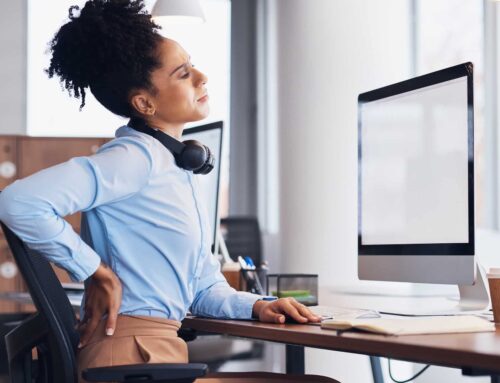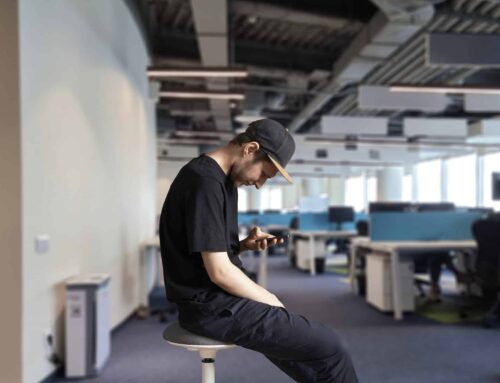Strained muscles are the most common cause of back pain. However, low back pain from spinal problems is also very common. Spinal issues that can cause low back pain, such as:
Ruptured/bulging discs: Rubbery discs sit between the bones in your spines. These act as cushions. Sometimes these can disc rupture or disc bulge. Common causes are age, injury, and overuse. It doesn’t always cause problems. But, when it does, nerves can get compressed. This will cause pain in the lower back.
Disc degeneration: The discs in your spine can break down with age. When disc degeneration occurs, there is not as much cushion. Bones rubbing together causes pain in the back.
Spondylolisthesis: This is a spinal condition. One of the vertebrae slips from its place. Spondylolisthesis can pinch nerves, which causes neck pain.
Axial spondyloarthritis: These are a set of inflammatory conditions in the spine and pelvis. There are two different types, such as:
- Non-radiographic axial spondyloarthritis
- Ankylosing spondylitis
The difference is that ankylosing spondylitis shows joint damage on X-rays. Non-radiographic axial spondyloarthritis does not.
Osteoporosis: As you age, your bones get thinner. This makes them more likely to break. With osteoporosis, your spinal bones can break. This will cause severe back pain.
Spinal stenosis: This occurs when your spinal column narrows. This increases pressure on the spine. And this will cause pain as well as numbness in the legs. Spinal stenosis typically develops as a result of arthritis.
Spine infections: Infections in the spine are rare. But, they can make your back hurt. Additionally, spine infections will also cause fever, chills, and headaches too.
Spinal irregularities: Scoliosis is an abnormal curvature of the spine that can cause back pain. And lordosis is another condition causing lower back pain. This condition is characterized by an unusual arch in the back.
What You Can Do
If the back pain is interfering with daily activities, see your doctor. They will need to run tests and scans like MRIs and x-rays. This will help determine if you have spinal issues as the cause. More tests may be necessary for further diagnosis. There are a few treatments that can help with spinal pain. Many are the same you would use for other back pains, such as:
Medication: NSAIDs are often prescribed to ease inflammation and pain
Weight loss: Reducing weight can relieve pressure on the spine
Diet: Getting calcium, phosphorus, and vitamin D are vital for bones. This will help keep your spine healthy.
Exercise: This can help with weight loss. It can also strengthen core muscles that support your spine. Your doctor or a physical therapist can help you learn to exercise safely.
Surgical Options for Spinal Problems
When other treatments do not work, you may need surgery. However, surgery is often left as a last resort for low back pain from spinal problems. More often than not, a discectomy is a procedure performed for disc problems. A damaged disc is removed to ease pain and prevent further issues. Typically a laminectomy is required for spinal stenosis, also called spinal decompression. This procedure involves removing the bony spurs from the spine. Therefore, opening your spinal column and relieving pressure on the nerves. Resulting in less pain.
If you are experiencing low back pain from spinal problems call us at 888-409-8006. Our top spine specialists are here to help!







Leave A Comment